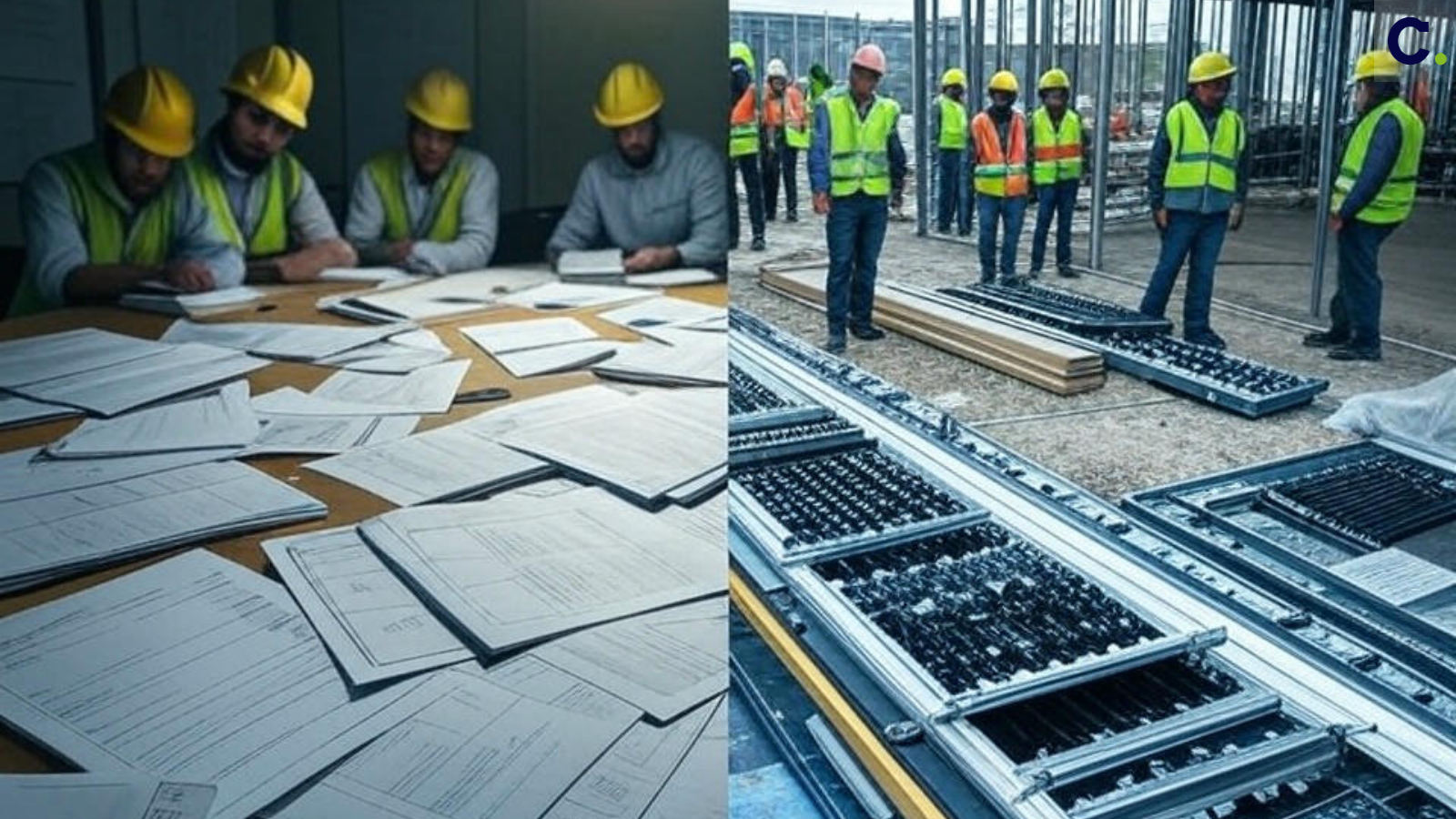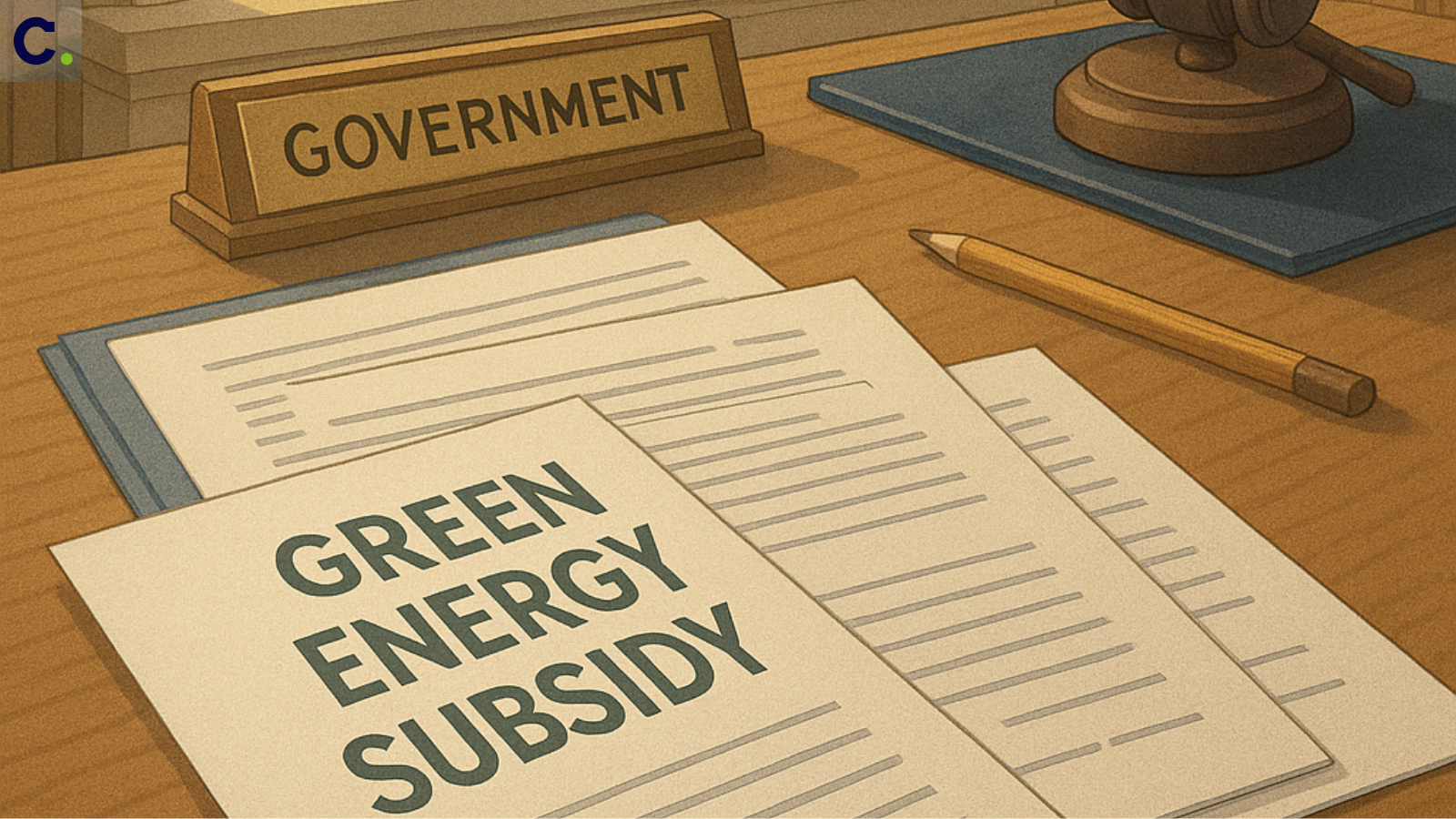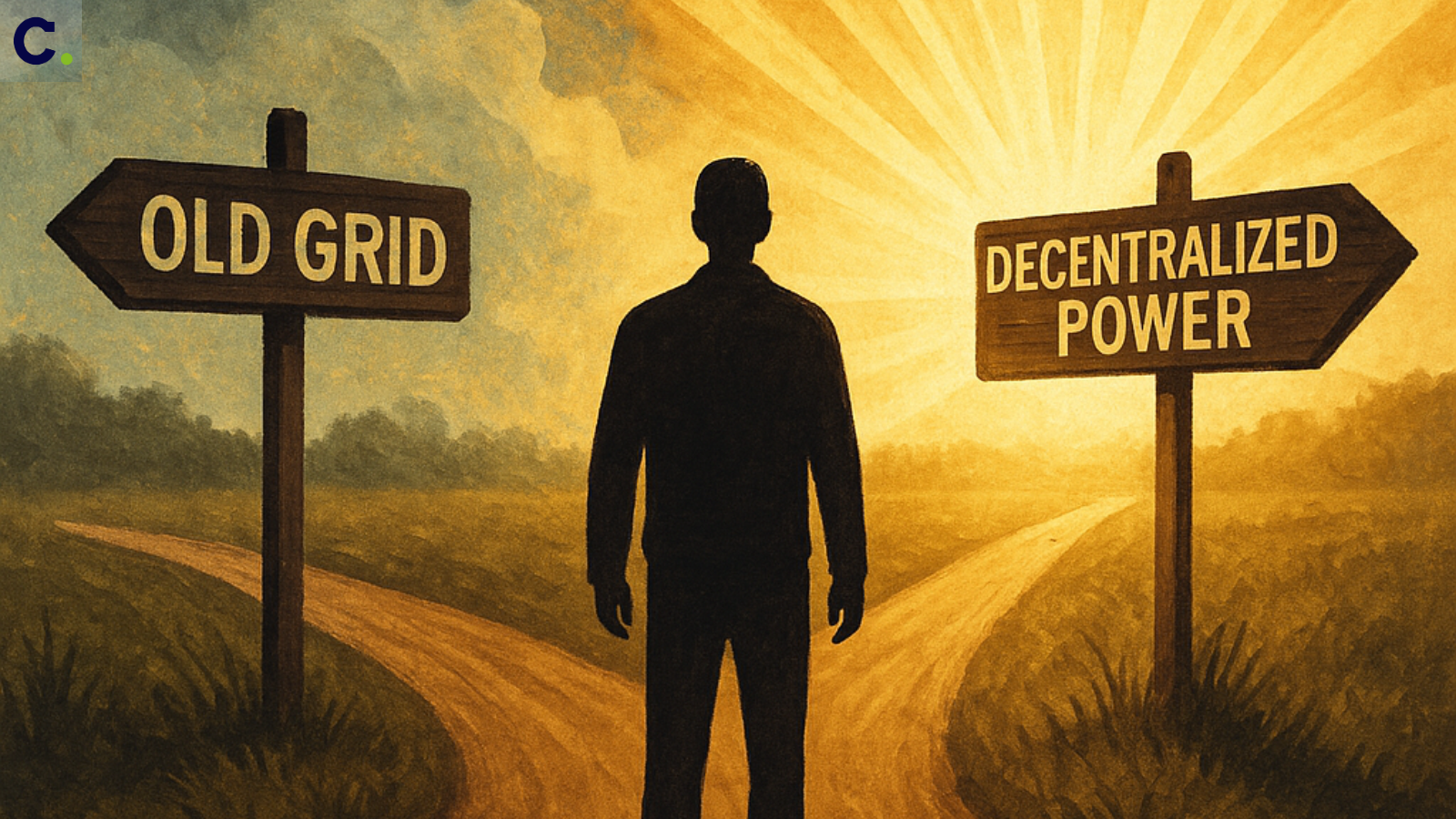⚡🔌 Microgrids Are the New Power Shield: Cities, Hospitals, and Villages Plug into Survival
Published on June 17, 2025 by Krishna Pathak

Why It Matters
Microgrids and decentralized energy matter for many reasons. First, they improve energy access in remote or rural areas. Traditional grids often fail to reach distant communities. But with solar panels and batteries, even small villages can have power. Second, these systems boost energy security. When natural disasters hit, central grids often collapse. Microgrids keep critical services running. Hospitals, emergency centers, and police stations stay powered. Third, they help reduce pollution. Most microgrids rely on renewable sources. That means fewer fossil fuels, which leads to cleaner air and lower carbon emissions. Lastly, they encourage innovation. People are no longer just energy users. Now, they can also become energy producers. This shift opens the door to new business models and smarter energy systems.

Current Global Trends
All over the world, microgrids are on the rise. In the United States, universities and military bases use them to ensure energy during emergencies. In Africa and Asia, off-grid solar systems light up villages with no previous access to electricity. India has launched thousands of mini-grid projects in rural areas. These setups include solar panels and battery storage. Many are funded by local cooperatives or private companies. In Europe, countries like Germany and Denmark use microgrids to support their renewable energy goals. Microgrids help stabilize the grid as wind and solar power grow. Meanwhile, large cities like Tokyo and New York are exploring smart microgrid solutions. These systems use sensors and software to adjust energy supply in real-time. Clearly, countries with very different needs are all turning to microgrids for better energy solutions.

Breakthrough Technologies
Many technologies make modern microgrids possible. One of the biggest breakthroughs is battery storage. Today’s batteries can store solar or wind energy for use at night or during cloudy days. Another important technology is smart meters. These tools track energy use in real time. They help balance supply and demand. Users can even sell extra energy back to the grid. Artificial intelligence (AI) and machine learning also play a key role. They help microgrids run more efficiently. By predicting energy use, AI systems reduce waste and lower costs. Power converters and inverters allow clean energy to be used with common home devices. They also help combine solar, wind, and other sources into a smooth power supply. And finally, blockchain technology helps manage energy trades in peer-to-peer networks. This means neighbors can buy and sell power directly to one another.

Top Companies Leading Innovation
Several companies lead the way in microgrid and decentralized energy systems. These firms design, build, and manage microgrids for various needs. Some companies focus on clean energy hardware like solar panels, wind turbines, and inverters. Others specialize in software that controls microgrids and optimizes energy flow. Large global firms build smart microgrids for industrial parks, airports, and cities. Meanwhile, startups develop low-cost microgrids for off-grid communities. Battery companies are key players too. They develop high-performance storage systems. These batteries keep the power flowing even when the sun doesn’t shine or the wind doesn’t blow. Some energy firms also help communities create microgrids. They offer training, financing, and tools. These partnerships help bring electricity to areas that lacked it for years.

Challenges Faced
Despite the benefits, microgrids and decentralized systems face many challenges. One big hurdle is cost. Building and maintaining microgrids can be expensive at first. Another issue is regulation. In some countries, rules make it hard to connect microgrids to the national grid. Utility companies sometimes resist sharing energy markets. Technical problems also arise. Different parts of a microgrid must work smoothly together. If one part fails, it can affect the whole system. Lack of skilled workers is a problem too. In rural areas, few technicians know how to install or repair high-tech systems. Lastly, some communities are slow to trust new energy systems. They need clear information and support to adopt microgrids with confidence.

Government Policies or Incentives
Governments around the world are stepping in to support microgrids. Some offer tax breaks to people or companies who install renewable systems. Others provide grants or low-interest loans. In India, the government supports rural microgrids with subsidies and pilot programs. These efforts bring clean power to hard-to-reach villages. In the U.S., energy departments fund research into microgrids. They also help communities build them in schools and hospitals. Germany and Japan offer feed-in tariffs. These pay citizens for the energy they produce at home. It makes decentralized energy more appealing. Some African nations partner with companies to install solar microgrids in remote areas. These projects often receive international funding. Policies like these speed up the use of microgrids and make energy more accessible.

Future Outlook
Many experts believe microgrids will play a big role in future energy systems. As cities grow, the need for flexible and clean energy increases. Microgrids fit this demand well. In developing countries, microgrids can reach places that large power lines never will. In busy cities, they add extra layers of energy security. Electric vehicles and home batteries will also support microgrids. When not in use, EVs can store and share energy. New building designs now include solar panels and microgrid connections. These homes are part of smarter neighborhoods. As technology becomes cheaper and more common, more people will switch to decentralized power. That change is already underway.

Real-World Applications
Microgrids are already in use across the world. In California, some towns rely on microgrids during wildfire seasons. When big grids go down, local power keeps homes and services running. Hospitals in Puerto Rico now have solar-powered microgrids. These ensure emergency care never stops, even during hurricanes. In Kenya, solar microgrids light up entire villages. Kids can study at night, shops stay open longer, and homes have fridges for food. Airports, army bases, and factories also use microgrids to reduce costs and avoid power loss. Many campuses and office parks run on hybrid microgrid systems. These real-world examples show how useful and adaptable microgrids can be in many environments.

Conclusion & What Lies Ahead
Microgrids and decentralized energy are no longer just ideas. They are working solutions that bring power, flexibility, and safety. From cities to rural villages, these systems change how people live. They help reduce pollution and cut down power outages. They also create new jobs and economic opportunities. Many governments and companies are backing this shift. While challenges exist, more people are seeing the value of local, clean energy. Microgrids are turning energy users into energy owners—giving power back to the people.
